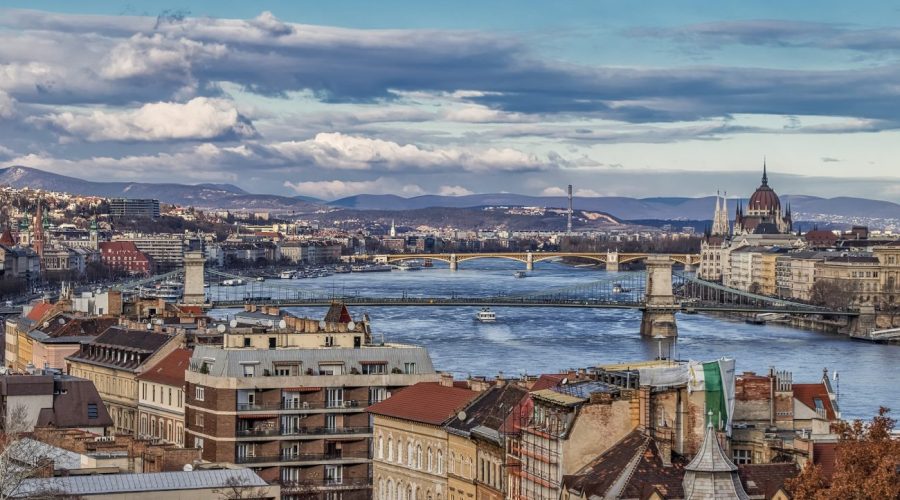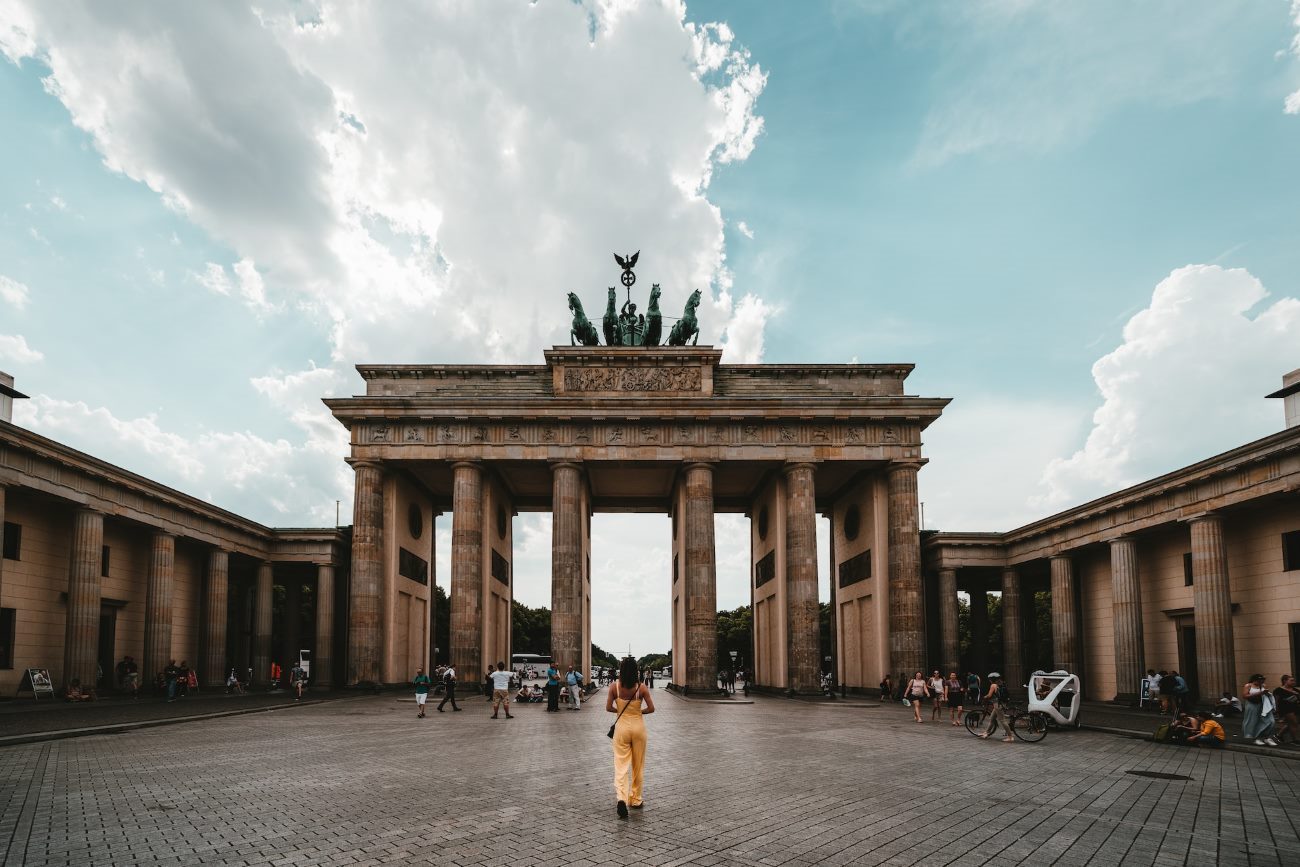How to Get Around Berlin as a Tourist
The city I chose for my photo-diary is Berlin – the capital of Germany, the city that has a great historical and cultural significance as well as modern, efficient and comfortable means of public transport. Moving around as a tourist in the city is something that is slightly challenging at the initial stage, but when you learn a few basic tips concerning this, there will be no way you will not be able to explore the beauty of Berlin. The following are some of the common transport means to be discussed in this guide they include the subways, the bus services, trams, and among others.
1. Berlin Public Transportation
Transportation in the city is facilitated through the Berlin Public Transportation System also referred to as the BVG which is the major means of transport in the city. This integrated transport system includes the rail, tram, underground, bus, as well as ferry transport in linking most regions within and around Berlin city.
The Berlin Welcome Card
For those who anticipate running around the city on public transport a lot, it would benefit you to buy the Berlin WelcomeCard. Travel: This card provides free access to all zones in the BVG networks while you are in the city and also entitled to reasonable discounts on the tourist attractions and museum. Such vouchers maybe bought at our main railway and bus stations and most of the tourist information centres.
The U-Bahn (Subway)
The U-Bahn rail transport systems are among the most effective means of transport in Berlin used by many of the people in their daily transport needs. The subway is well-developed, and it has stations that are spread all over the entire city; it is used from early morning to night. Therefore, while the U-Bahn has more frequent trains and very clear maps to ensure that commuters do not get lost, travelling on them is quite easy. In this case, one has to ensure that he or she confirms the ticket before getting aboard the train.
The S-Bahn (Suburban Train)
Except for the U-Bahn, there is also the Berlin S-Bahn, which is used to link Berlin’s central with the suburban areas. The S-Bahn services are not as frequent as the U-Bahn services though they can be useful if one intends to travel outside the central business districts. At present, you are ably to use the same BVG tickets for both the U-Bahn as well as the S-Bahn..
Buses and Trams
If not, there is always the bus and the tram available and widespread in Berlin city. Local transport is available in buses and trams; the services run across the city even the outskirts which can be an added advantage since one gets to view the city landscape as he or she transits from one point to another. Please ensure that you have to check the timetable for the buses since they do not operate as frequent as they do during the weekdays.
2. Taxis and Ride-Sharing Services
For a more convenient or even an immediate transport means, one can easily hire taxis or take an Uber in Berlin. Taxi services are available either through a hackney carriages found in any of the streets in the city or through the ranks. These services are operational through the various mobile application hence making it easy and efficient to travel.
3. Renting a Bicycle
Due to the increasing demand for bike as an efficient mode of transport in the city, many bike lanes are available in Berlin. One of the alternatives, which is becoming increasingly popular, is using a bicycle for rent; It will be interesting and rather comfortable to enjoy the unique features of the city and visit all the attractions during a self-guided tour on a bicycle. Today, many stores are available for bicycles rentals that provide bicycles for different types to suits the individual biker. Often rental shops offer guided tours so you will be able to travel around Berlin with the help of a local.
4. Walking
I was lucky because one of the most effective means of getting to familiarize one with the culture and feel of Berlin is by walking the city. Most of the largest treasures like Brandenburg Gate, Reichstag, Museum Island, and many others are all within a walking distance in the central region of the city. Enjoy riding in the car or walking around the blocks and learn more about the least-known districts of Berlin.
5. Useful Tips
Plan Ahead
As always when beginning a trip, preparing a map is a helpful thing to do in order to be sure you do not get lost. It’s better to get acquainted with the schedule of the BVG network map in order not to get confused just before the travel.
Get a Travel Card
That is why getting, for instance, Berlin WelcomeCard not only gives a right to travel through the city unbounded, but also come across a whole list of incredible offers and discounts to enter the most visited sights. Thus, they can help you when it comes to both time and efforts during your stay.
Learn Basic German Phrases
Despite the fluency in English, it is not a bad idea to learn some phrases in German as it will assist a person to tackle the city and interact with the locals. It is worth giving simple polite words like greeting, please and thankyou to the people.
Be Mindful of Rush Hour
It is advisable to avoid using trains and buses during rush hours because they will definitely be crowded. If can try to program your sightseeing projects during the less congested hours of the day so that your trip will not be so tiring.
Use Mobile Apps
Use the operational mobile applications such as BVG FahrInfo Plus or Google Maps to see schedules, plan the routes, and determine the time needed to get there. They also can be useful as a tool that help to find the way in the transport facilities of Berlin.
That way, you will feel in control of Berlin’s extensive public transport system and follow these useful tips. So, get your suitcase, take your travel card, and be prepared to discover Berlin and everything it has to propose.
Table of Contents



